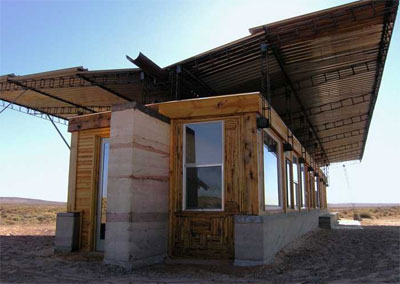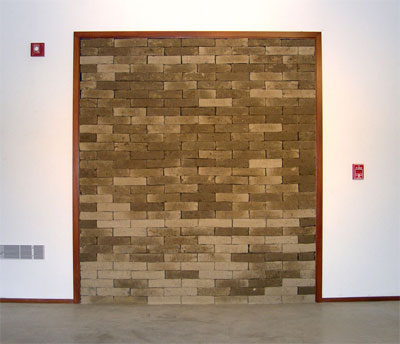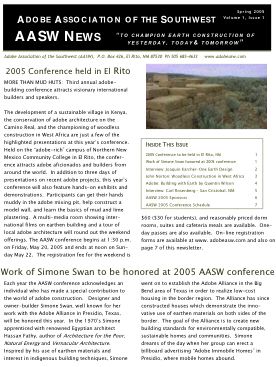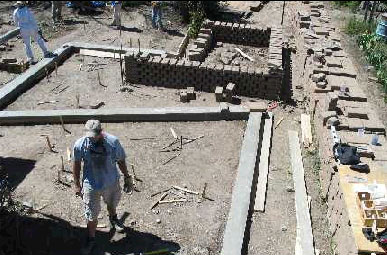The Adobe Alliance is pleased to announce the 7th annual workshop in Presidio, TX. Vault building and earth plastering will be featured during the workshop which takes place February 18-20, 2005. Demonstrations on applying a water-resistant exterior plaster of clay, straw, cactus juice and horse manure which breathes with the environment, which has withstood superbly in the unseasonally heavy rains of summer 2004 in the Big Bend.
Lodgings are easily booked at The Riata (432 229 2528) in Presidio, the Three Palms (432 229 3211,) or you can explore across the bridge a few minutes into Ojinaga, Mexico, a city of 25,000 people. The Paisano Hotel in Marfa is 60 miles to the north. There are many restaurants on both sides of the river.
For more information contact the Adobe Alliance.





